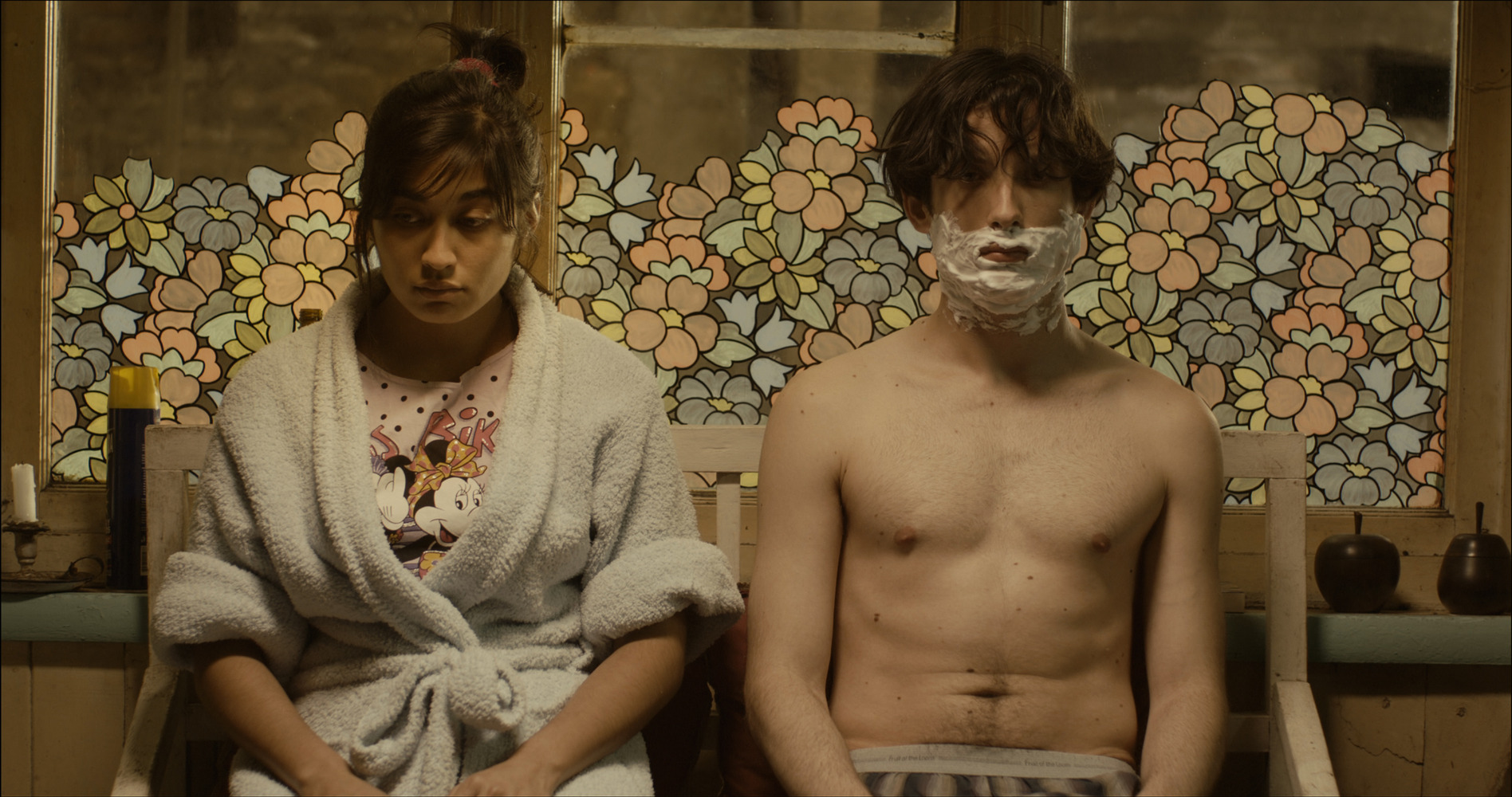Chilean director Cristián Jiménez’ Bonsai is at its roots a familiar modern love story: shy boy falls for punkish girl, love blossoms, love fades, melancholy grows, lives separate, and girl dies. No spoiler alert there; its tagline is its ending. From the first frames, we know Emilia dies and Julio lives; that he is—and will always be—alone. Yet Bonsai unfurls slowly; characters and backstories developing like tendrils rather than shooting up as its abrupt start might suggest.
We meet Emilia (Nathalia Galgani) and Julio (Diego Noguera) as literature students in college, united by their mutual lie of having read Marcel Proust’s In Search of Lost Time. Eight years later, Julio is an idealistic yet downcast bookstore clerk and Latin tutor, writing his own novel while claiming to his current girlfriend (Gabriela Arancibia) to be transcribing the latest work of Chilean author Gazmuri. As Julio develops his forged novel, his girlfriend’s readings into “Gazmuri’s” intentions and flashbacks to eight years prior reveal that the book, though phony, has a history of its own. Julio’s past only slowly reveals itself, coming to life as he commits to paper the tragic romance behind it.
Literature is as much a character in Bonsai as are Julio and the women of his life. This is evident in the books Emilia and Julio read to each other before going to bed; in the ghost novel Julio writes eight years later; in the Proustian framing device separating the movie into seven volumes; and in the ever-present notion that life is sometimes stranger than fiction. Dialogue—sometimes whip-smart, sometimes the fumbling poetry of teenage love, and occasionally the post-modern poetry of a professor alternating between notes on the mundane and musings on the profound—has the self-awareness appropriate of a movie so heavily indebted to words.
Full of visual humour—a copy of In Search of Lost Time tattooing Julio revealed as he sunbathes on the beach, for example; and carefully styled shots: Julio’s cluttered desk filmed from above like an I-spy image of the writer’s jumbled mind —the film looks good. As is so popular in ‘artsy’ movies of today light saturates outdoor scenes like a misprint in an old photograph, and colours are limited to the dusty palette of a 2012-via-1975 Instagrammed aesthetic.
Like the delicate plant after which it is named, Bonsai is carefully pruned and artfully arranged. Hedging itself to art-house ambitions, Bonsai could appropriately be described as charming, twee, endearing, or all the other diminutive adjectives that accompany many of the indie romances offered at Cannes or Toronto Film Festival. This is a movie for our particular generation of nostalgia-chasers, eager to see their own lives, loves, and losses mirrored onscreen, just as Julio finds his story reflected in the pages of Proust or Fernandez or Flaubert. After all, as Gazmuri notes, what happens here is “lo de siempre”: same story, different author.







